Electronic Contract Manufacturing Service
Acme Printed Circuit Board Assembly (PCB Assembly service provider) is located in Carson, California. We have a 16,000 square foot facility with the best equipment (Fuji assembly line) that allows us to offer high-quality PCB assembly at competitive prices.
Our ISO 9000 (9001:2015) certification is a source of pride for us. It indicates that we provide measurable high-quality electronic contract manufacturing services that meet or exceed customer expectations.
Whether you need Printed Circuit Board (PCB) assembly, consignment assembly or turnkey material-procurement assembly, we have what is necessary to manage your entire project efficiently. With over 26 years of experience in Electronics Manufacturing Services (EMS) we learned that reasonable assembly cost, high-quality service, on-time delivery and good communications are the keys that keep our customers happy and is how we made our business successful.
ACME PCB Assembly is flexible in meeting your requirements. We have offered Lead-Free (Pb-Free) soldering since 2005. Please review Design to Avoid Tin Wiskers for RoHS compliant (Lead-Free) assembly.
Good communication with our customers is a key to our success. People do business with people because they choose to, not because they have to… You can always find others who provide similar services. We believe that it is the personal connection that makes the difference.
ACME Printed Circuit Board Assembly
Electronic contract manufacturing for printed circuit boards assembly that includes SMT assembly, prototype boards builds, PoP (Package on Package), BGA assembly with X-ray inspection, through-hole and mixed board assembly.
ACME PCB Assembly has a IPC 610 Class III, and IPC J-001 certified instructor in-house for training and quality assurance. As a electronic contract manufacturing service provider, we provide service from product design all the way to box builds. Our services include:
- PCB thru-hole assembly
- SMT assemby
- PCB fabrication
- PCB layout
- Electronic R&D
- BGA (Ball Grid Array) assembly with X-ray inspection
- Cable, and Wire-harness assembly
- Wire stripping service
- Conformal coating service
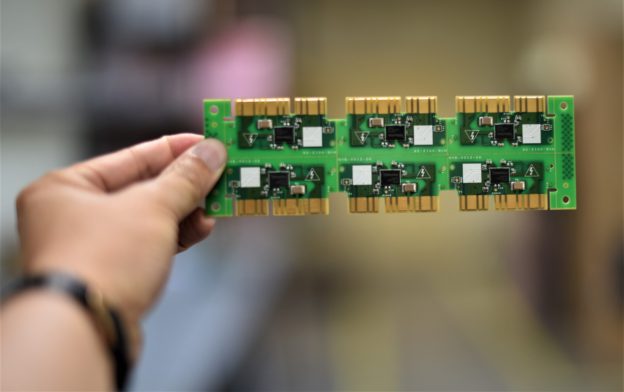
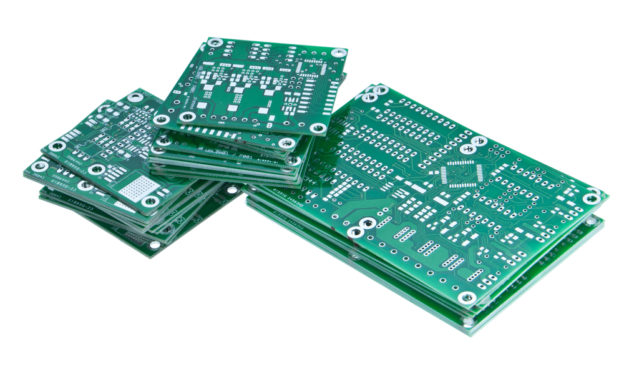
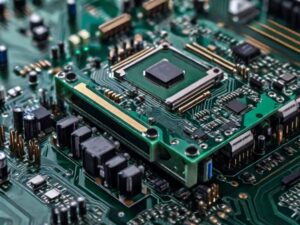 What Is a PCB, Really?
What Is a PCB, Really?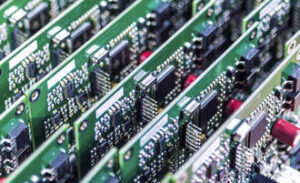 What Electronics Design Engineers Can Do
What Electronics Design Engineers Can Do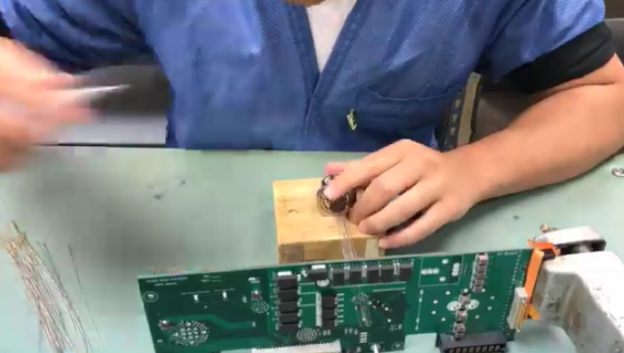
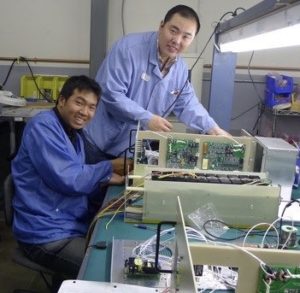 This results in a
This results in a 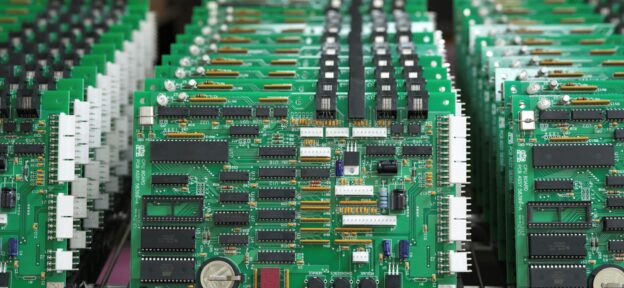
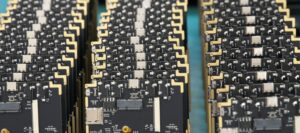 1. Understand Your Application Requirements
1. Understand Your Application Requirements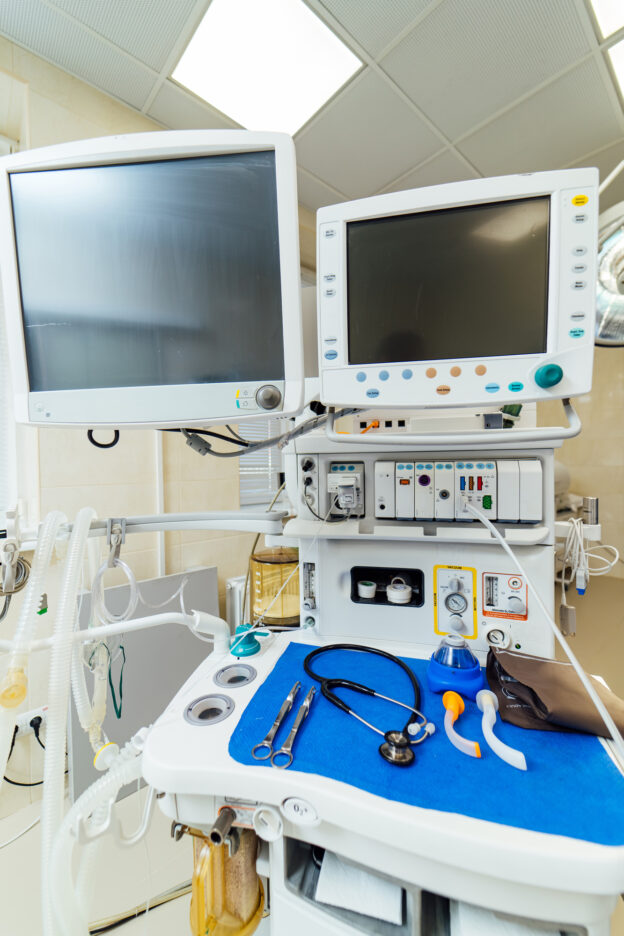
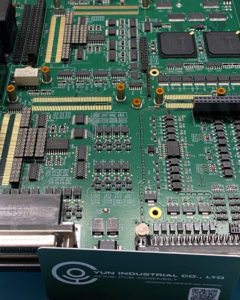 Compactness and Efficiency in Medical Technology
Compactness and Efficiency in Medical Technology


